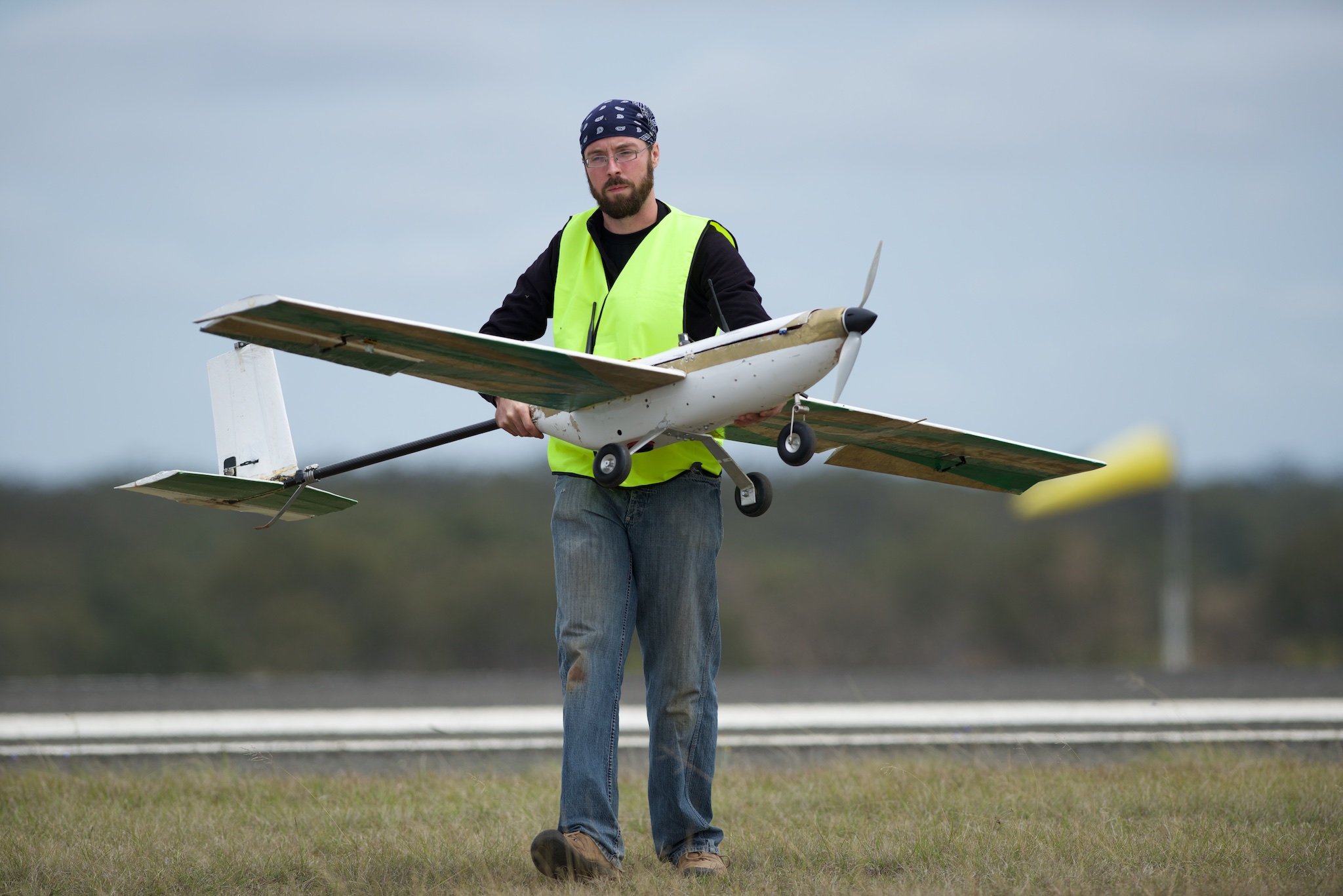I am participating in the UAV Outback Challenge and wanted to calculate the MTBF of the APM 2.6+ for use as a standalone fail safe device.

MTBF is a standard measurement of failure rate in the Engineering world, it is normally represented in Hours, or failures per Million Hours. From Wikipedia:
Mean time between failures (MTBF) is the predicted elapsed time between inherent failures of a system during operation. MTBF can be calculated as the arithmetic mean (average) time between failures of a system. The MTBF is typically part of a model that assumes the failed system is immediately repaired (mean time to repair, or MTTR), as a part of a renewal process. This is in contrast to the mean time to failure (MTTF), which measures average time to failures with the modeling assumption that the failed system is not repaired (infinite repair time).
Why do we care?
MTBF is an important indicator of reliability in a system, the higher it is the less likely it is to fail.
How do you calculate it?
I looked at the schematics for the APM 2.6+ and exported the Bill Of Materials (BOM), used this tool to calculate the MTBF of all the items according to the ANSI/VITA 51.1 standards assuming the operating temperature was 60°C (very Conservative), and that ther were the most unreliable class of devices (Consumer Grade), and for more specialized items (ICs and such) I looked them up on the manufactures website (here is an example, the 3.3v level shifter for the MPU).

After finding all these values I input them all into a spreadsheet, and classified them by Subsystem, and if the item was critical for that subsystems operation. (For example LEDs are critical to the LED subsystem, but not critical to the USB UART subsystem)
I then took all the components in every subsystem that were critical and totaled up the MTBF (assum any faluare of any part would cause a total system failure, using the formula: total MTBF = 1/(1/1st MTBF + 1/2nd MTBF + 1/3rd MTBF ect...))
This gives the following MTBFs for the following subsystems:
| MPU MTBF: | 876099.0559 |
| 3.3v Regulator MTBF: | 2097175.403 |
| AT2560 MTBF: | 1738803.191 |
| AT32-U2 MTBF: | 291897.2053 |
| DataFlash MTBF: | 4334969.547 |
| MUX MTBF: | 1116667.245 |
| Pressure MTBF: | 680851.5715 |
| PWM input MTBF: | 558709.4613 |
| PWM output MTBF: | 558709.4613 |
| Magneto MTBF: | 581071.3857 |
We can then use that data to total the MTBF for the entire APM to be 61664.5 Hours (7 Years!), however not every one of those systems are required to maintain level flight, as far as I am aware only the following subsystems are required to continue to fly, MPU, 3.3v Regulator, AT2560, and PWM Input/Output Giving us a MTBF of 173218.9 Hours (~20.7 Years!)
Take everything I have said here with a grain of salt, as I am not a professional, in addition most of these failure rates were calculated, and the calculations might be a little off, or the manufacture data might be overestimating the true lifetime of their products. I have attached the Excel sheet I have used to calculate these values in the hopes someone might spot some mistakes I have made or find it useful in the future.
Download the Spreadsheet


